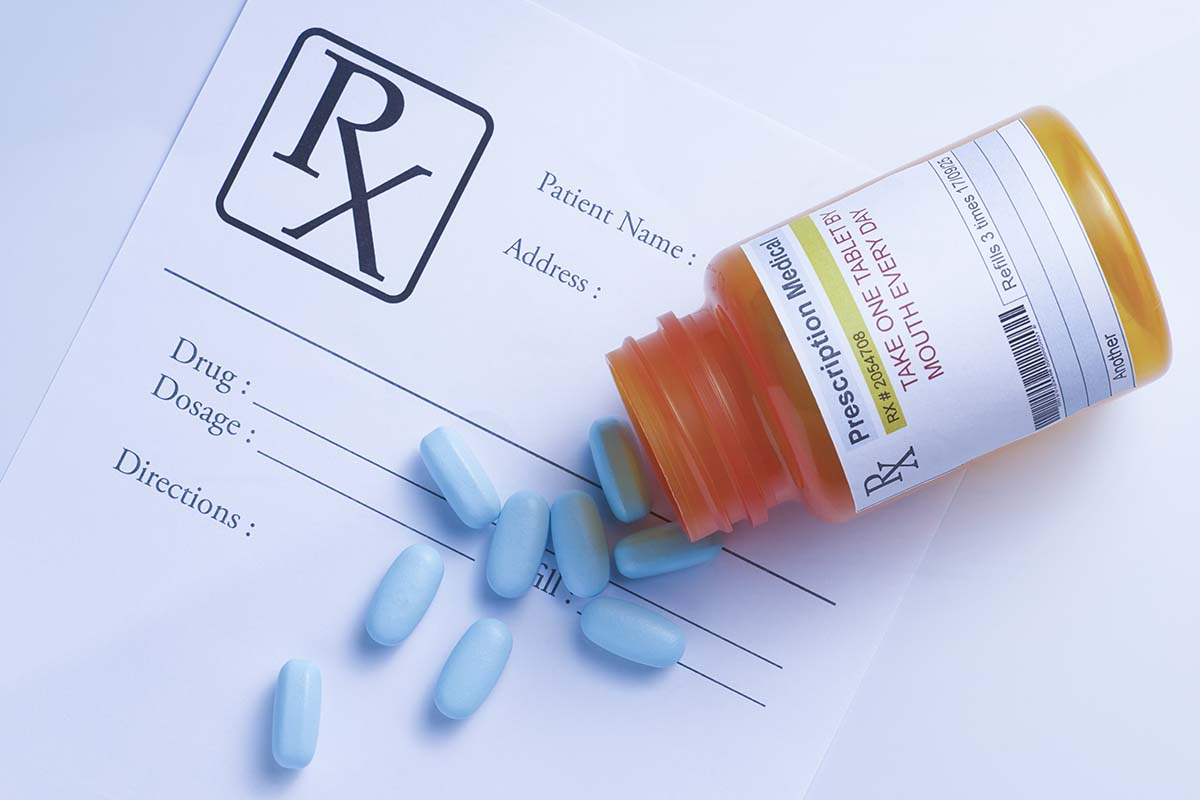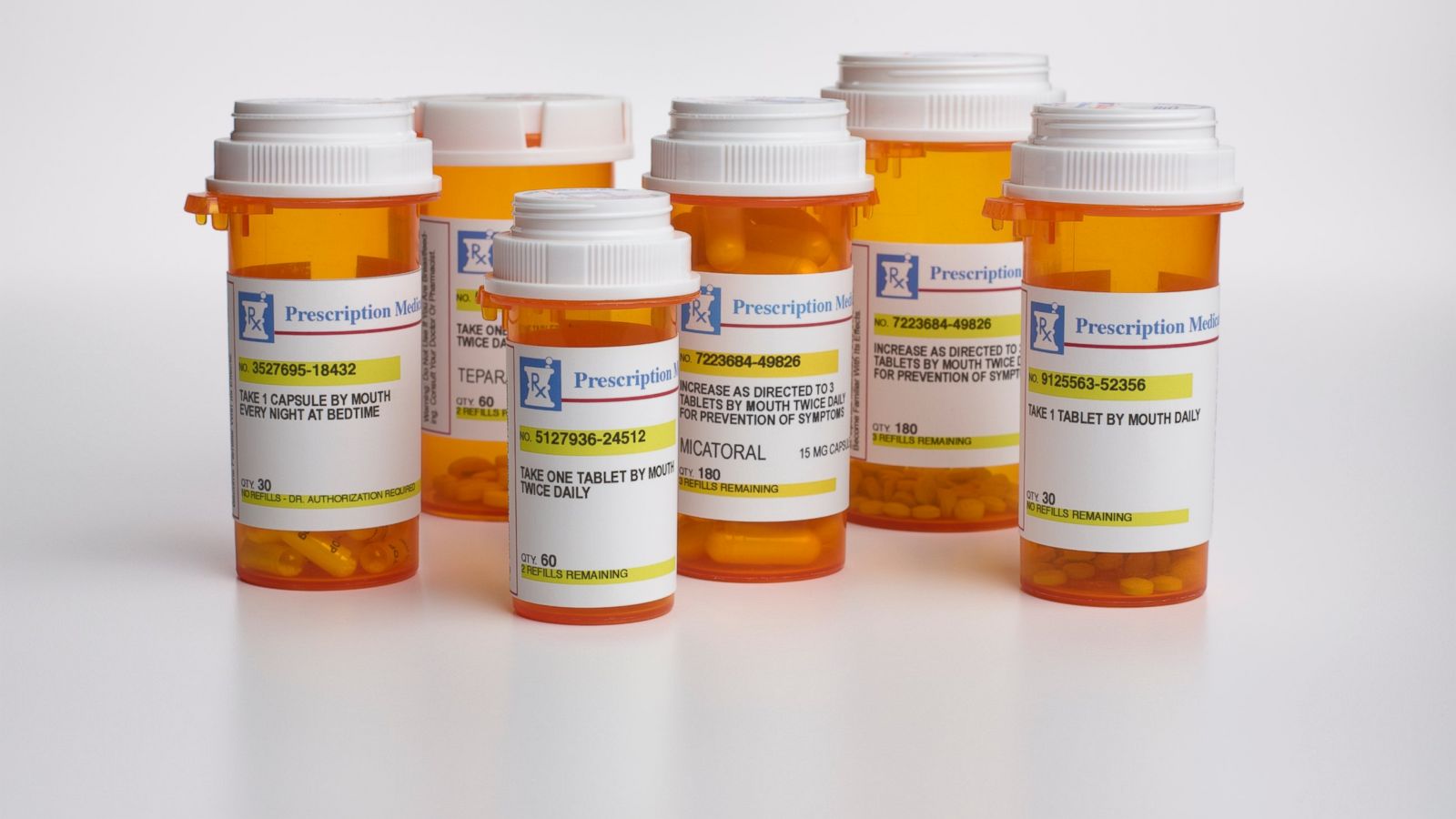
Navigating the landscape of prescription drug costs can feel like an uphill battle for many Americans. The burden of high medication prices often forces individuals and families to make difficult choices between essential treatments and other necessities. However, hope is on the horizon, as states across the nation are stepping up their efforts, implementing innovative and practical programs designed to bring down these soaring costs and ensure residents can access the vital medications they need.
For decades, organizations like AARP have tirelessly advocated for prescription drug affordability, recognizing the profound impact that expensive medications have on the well-being and financial stability of older adults and their families. This advocacy has energized state legislatures, leading to a surge of activity aimed at creating a more affordable and equitable system. In 2023 alone, states passed nearly two dozen bills focused on this critical issue, demonstrating a robust commitment to addressing this challenge head-on. The momentum continues to build, with more than 45 bills currently being monitored in 17 states this year, reflecting a sustained fight against rising pharmaceutical profits.
This in-depth guide will walk you through ten significant ways states are working to make prescription drugs more affordable. From pioneering drug importation strategies to establishing powerful affordability boards and bolstering essential health coverage programs, we’ll explore the multifaceted approaches states are taking. Our aim is to empower you with clear, actionable information about these state-specific programs, helping you understand the resources available and how these efforts are making a tangible difference in the lives of countless residents.

1. **State-Led Prescription Drug Importation Programs**One of the most innovative and directly impactful strategies states are pursuing to lower prescription drug costs is the development of wholesale prescription drug importation programs. Recognizing that drug prices in neighboring countries, particularly Canada, are significantly lower—averaging 30 percent cheaper than in the United States—states are actively seeking ways to leverage these savings for their residents. This initiative represents a bold step towards bypassing the high costs imposed by pharmaceutical manufacturers within the U.S. market.
Texas, for instance, in 2023 enacted its Wholesale Prescription Drug Importation Act, becoming the seventh U.S. state to formally look to Canada as a source for more affordable medications. This legislative achievement, initially viewed as a ‘long shot,’ quickly garnered bipartisan support and passed almost unanimously, underscoring the broad consensus on the need for drug price reform. AARP played a crucial role in this effort, sharing up-to-date price research and providing expert testimony at committee hearings, demonstrating the power of informed advocacy.
Beyond Texas, several other states have already laid the groundwork for similar programs over the past few years. Colorado, Florida, Maine, New Hampshire, New Mexico, and Vermont have all passed legislation enabling prescription drug importation. Among these, Florida is currently the furthest along in its efforts. In January, the U.S. Food and Drug Administration (FDA) provided its approval for Florida to proceed with its plan to seek certain prescription drugs from Canadian sources. This marks a significant milestone, though additional regulatory hurdles remain, including FDA approval for specific drug requests and securing willing Canadian suppliers.
The states’ plans for importation differ, meaning each state will require its own specific FDA authorization. However, the progress made by states like Florida is invaluable. As Jonathan Bartholomew, a government affairs director at AARP, notes, there will undoubtedly be “lessons learned so that other states can use what worked in Florida.” These pioneering efforts are not only opening new avenues for affordability but also building a collective knowledge base that will accelerate similar initiatives nationwide, promising a future where access to cheaper, essential medications is a reality for more Americans.

2. **State Prescription Drug Affordability Boards (PDABs)**Another powerful mechanism states are employing to combat high prescription drug costs is the establishment of Prescription Drug Affordability Boards, often referred to as PDABs or affordability councils. These independent governmental groups are tasked with the crucial responsibility of reviewing the cost of prescription medications and issuing recommendations on how to lower prices for those drugs deemed unaffordable. Their authority and scope can vary significantly from state to state, reflecting the diverse legislative approaches taken to address this complex issue.
In 2023, Minnesota and New Jersey made significant strides by voting to establish their own PDABs, joining a growing number of states that have recognized the need for such oversight bodies. The creation of Minnesota’s PDAB, in particular, is a key component of the state’s comprehensive, ‘multipronged approach’ to making prescription drugs more affordable for its residents. This board has been granted broad authority, allowing it to thoroughly review prescription drugs and, importantly, to set upper payment limits. These limits restrict the maximum amount that certain payers within the state can pay for a specific drug, directly impacting its affordability.
Mary Jo George, AARP Minnesota’s advocacy director, powerfully articulates the core philosophy behind these boards, stating, “Drugs aren’t useful if you can’t afford them.” This sentiment encapsulates the practical, reader-centric approach that AARP champions, emphasizing that the efficacy of a medication is moot if financial barriers prevent patients from accessing it. By establishing PDABs, states are asserting a proactive role in drug pricing, moving beyond mere assistance to actively shape the market and ensure that life-saving and life-enhancing medications are truly within reach for all residents, not just those who can bear the exorbitant costs.
These boards represent a direct challenge to the unchecked pricing practices that have long burdened consumers. By conducting rigorous reviews and having the power to implement price-reducing measures, PDABs are emerging as critical tools in the ongoing fight for prescription drug affordability. Their work empowers states to take concrete action, creating a more transparent and accountable system for drug pricing, and offering a beacon of hope for individuals struggling to manage their medication expenses.

3. **Children’s Health Insurance Program (CHIP)**The Children’s Health Insurance Program (CHIP) stands as a cornerstone of state government initiatives aimed at ensuring the health and well-being of the nation’s youngest residents. This vital program is designed to provide low-cost health coverage, which crucially includes prescription medications, to children in families who earn too much income to qualify for traditional Medicaid but still find private insurance unaffordable. CHIP exemplifies a critical state-administered program that directly lowers the financial burden of healthcare, including drug costs, for a significant segment of the population.
Each state in the U.S. actively offers CHIP coverage, and these programs operate in close coordination with their respective state Medicaid programs. This collaborative structure ensures a seamless network of support, allowing families to access comprehensive medical services, from routine check-ups to specialized treatments and, importantly, necessary prescription drugs. The program’s design acknowledges that children require consistent access to healthcare to thrive, and that financial constraints should not prevent them from receiving essential medications.
The accessibility and affordability provided by CHIP are paramount for families navigating the complexities of healthcare costs. By offering a safety net for those who fall into the income gap between Medicaid eligibility and affordable private insurance, CHIP directly addresses a significant challenge for working families. It ensures that preventative care, acute illness treatment, and long-term medication needs for children are met without placing undue financial strain on parents, contributing to better health outcomes and overall family stability.
Through its state-specific implementation, CHIP reflects a commitment to public health that is both practical and actionable. It empowers parents to make informed decisions about their children’s health, secure in the knowledge that prescription drug costs will not be an insurmountable barrier. This program underscores the essential role of state governments in providing tailored solutions that protect vulnerable populations and foster a healthier future for the next generation.

4. **State Pharmaceutical Assistance Programs (SPAPs)**State Pharmaceutical Assistance Programs (SPAPs) represent another crucial layer of support provided by state governments to help specific populations manage the high cost of prescription medications. These programs are explicitly designed to assist low-income seniors and adults with disabilities, recognizing their particular vulnerability to rising drug prices due to fixed incomes and often multiple chronic conditions. SPAPs play a significant role in making essential medications more affordable for those who need them most.
The coverage and benefits offered by SPAPs can vary from state to state, reflecting the unique needs and legislative priorities of each jurisdiction. However, a common and highly beneficial feature of many SPAPs is their provision of Medicare Part D “wraparound” coverage. This means that SPAPs often step in to cover the out-of-pocket costs that Medicare Part D, the federal prescription drug benefit, does not fully address. This can include deductibles, co-payments, and coverage gap expenses, which can otherwise be substantial and prohibitive for beneficiaries.
For eligible individuals, SPAPs act as a vital financial bridge, ensuring that they do not have to forgo necessary medications due to costs. By supplementing federal benefits, states are demonstrating their commitment to filling the gaps in coverage and providing a more complete safety net for their most vulnerable residents. The practical impact of these programs is immense, helping to prevent medication non-adherence, improve health outcomes, and alleviate significant financial stress on seniors and individuals with disabilities.
Understanding and accessing SPAPs is a key step for eligible individuals. Resources are typically available through state health departments or dedicated program websites. For those with Medicare, specific information on how to find and enroll in a SPAP in their state can often be found on the Medicare SPAP website. These programs are a testament to the empowering and informative role of state governments in addressing specific needs within their communities, ensuring that the promise of affordable healthcare extends to all residents.

5. **Medicare Savings Programs (MSPs)**Medicare Savings Programs (MSPs) are another critical set of state-administered initiatives designed to ease the financial strain on individuals with limited income and resources who are enrolled in Medicare. While Medicare itself is a federal program, MSPs highlight how states partner with the federal government to provide essential financial relief, directly impacting beneficiaries’ ability to afford healthcare services, which in turn influences their overall capacity to manage prescription drug costs. These programs make a substantial difference by helping to cover various Medicare-related expenses.
Specifically, MSPs assist eligible individuals by paying for some or all of their Medicare Part A (hospital insurance) and Medicare Part B (medical insurance) premiums. Beyond premiums, these programs can also help cover deductibles and coinsurance associated with Part A and B. By reducing these foundational Medicare costs, MSPs free up valuable financial resources for beneficiaries, making it easier for them to afford their Medicare Part D prescription drug plan premiums, deductibles, and co-payments, even if the MSP doesn’t directly pay for Part D costs.
These programs are particularly empowering for low-income seniors and individuals with disabilities, allowing them to stretch their budgets further and ensure continued access to necessary medical care and prescriptions. Without MSP assistance, many might struggle to afford their monthly Medicare premiums or face significant out-of-pocket expenses for doctor visits and hospital stays, leading to delayed care or non-adherence to treatment plans, including medication regimens.
Each state administers its own MSPs, meaning eligibility criteria and application processes may vary slightly by location. However, the overarching goal remains consistent: to provide a crucial financial lifeline to Medicare beneficiaries who need it most. Individuals interested in learning more about these programs and how to apply can find valuable resources on the official Medicare website, which typically provides state-specific information. MSPs exemplify a direct, actionable way states are collaborating to support the health and financial well-being of their residents, reinforcing the idea that no one should have to choose between their health and their finances.

6. **Comprehensive State Models for Prescription Assistance (e.g., Washington State Prescription Assistance Program)**
Beyond individual programs, some states are building truly comprehensive frameworks to tackle drug affordability head-on. Washington State stands out as a pioneering example, demonstrating a multi-faceted approach designed to ensure all its residents can access necessary medications, regardless of age or income. This integrated model proactively bridges gaps and provides crucial support where it’s needed most within the state’s diverse population.
A cornerstone of Washington’s overarching strategy is the ArrayRx card. While not traditional insurance, this innovative tool helps individuals navigate prescription costs, especially those lacking coverage or facing high deductibles. It provides significant discounts on both brand-name and generic medications, making essential treatments more attainable for everyday residents.
Further enhancing this robust system, the state also offers the Prescription Drug Assistance Network (PDAN). This network is specifically designed to assist low-income individuals and families, guiding them through the complexities of patient assistance programs offered directly by pharmaceutical companies. PDAN acts as an invaluable navigator, helping residents unlock access to crucial resources.
Completing this robust model is the Washington Drug Card, a free statewide initiative that delivers substantial savings, often up to 80 percent, on a wide range of prescription medications. This commitment extends to options for pet medications, underscoring a broad, thoughtful approach to resident well-being. Together, these elements form a powerful, accessible system, empowering Washington residents to manage medication expenses more effectively.




